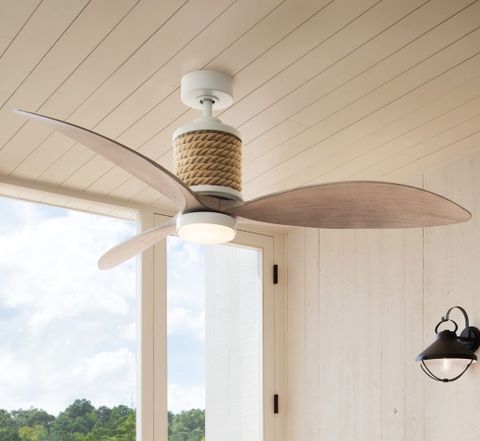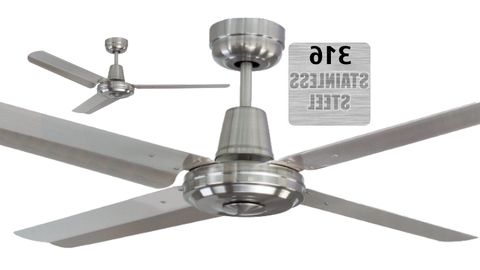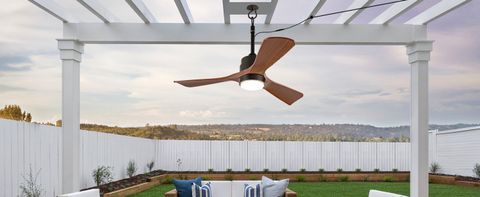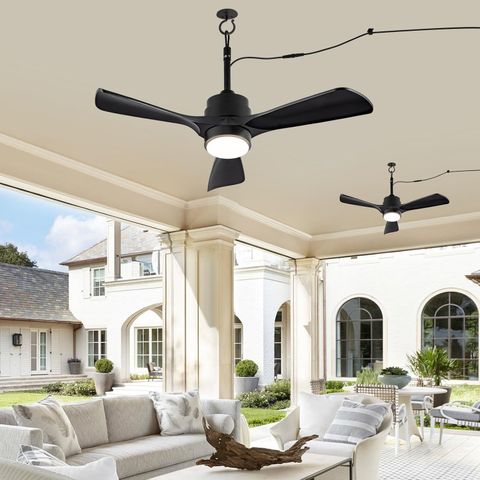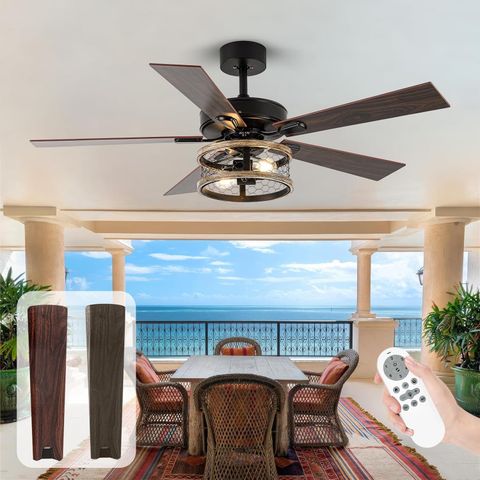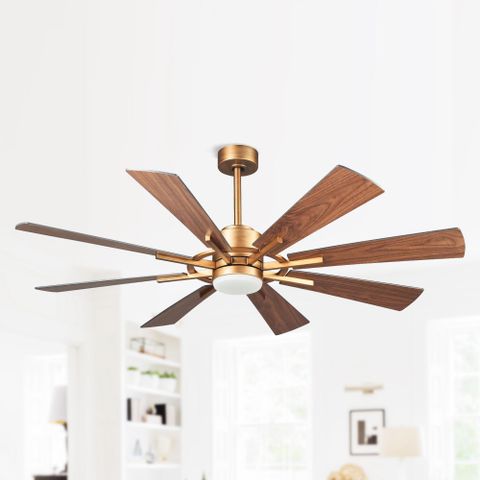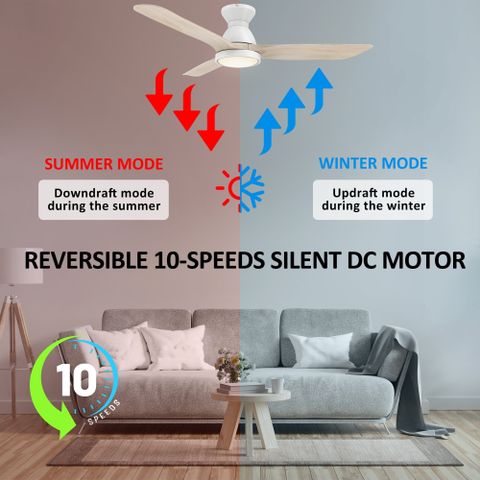Picture this: gentle ocean breeze, salt-kissed air, and the soothing sound of waves crashing against the shore. Now imagine trying to stay cool while enjoying your backyard oasis during those hot summer months. That’s where outdoor ceiling fans come in. For homeowners living near the coast, choosing the right outdoor fan isn’t just about comfort – it’s about durability, style, and surviving the harsh elements. This guide will walk you through everything you need to know when selecting the perfect outdoor ceiling fan for your seaside sanctuary.
Living by the sea brings its own unique set of challenges, especially when it comes to home maintenance and comfort. The salt spray, humidity, and constant weather changes can take a toll on standard indoor fans. But fear not! With the right outdoor ceiling fan, you can enjoy year-round comfort while maintaining your coastal property’s aesthetic appeal. Whether you’re building a new seaside home or updating your existing one, understanding the fundamentals of outdoor fan selection is crucial. From corrosion-resistant materials to weatherproof designs, every detail matters when choosing a fan that will serve you well for years to come.
Understanding Seaside Weather Challenges
Coastal environments present a unique set of challenges that indoor fans simply cannot handle. Salt water, high humidity, and UV exposure are the main culprits that can quickly deteriorate standard fan components. Salt spray from the ocean can cause rapid corrosion of metal parts, while constant moisture can lead to rust and electrical issues. UV rays from the sun break down plastic and painted surfaces, causing fading and weakening over time. These conditions mean that any outdoor fan must be specifically designed to withstand these elements. Think of it like choosing the right shoes for hiking – you wouldn’t wear regular sneakers on a mountain trail, right? Similarly, you shouldn’t use regular indoor fans in seaside conditions. The difference between a fan that lasts 5 years versus one that lasts 20 years could save you hundreds of dollars in replacement costs and give you peace of mind during those sweltering summer evenings.
Essential Materials and Construction
The foundation of any quality outdoor ceiling fan lies in its materials and construction. Look for fans made with marine-grade aluminum or stainless steel – these metals resist corrosion far better than regular steel or wood. Aluminum fans are lightweight yet strong, making them ideal for coastal installations. Stainless steel offers maximum durability but may be heavier and more expensive. Some manufacturers use powder-coated finishes that provide additional protection against salt and UV damage. The motor housing should be sealed to prevent moisture intrusion, and all electrical connections must be properly protected. A good rule of thumb is to look for fans with a minimum IP rating of 44 or higher. This means they’re protected against solid objects larger than 1mm and water jets from any direction. Don’t forget about the blades themselves – they should be made from materials that won’t warp, crack, or fade easily. Some companies offer blades made from synthetic materials that mimic the look of wood while providing superior weather resistance.
Size and Blade Span Considerations
Choosing the right size for your outdoor space is crucial for both performance and aesthetics. In general, larger fans move more air, but they also require more power and can look overwhelming in smaller spaces. For outdoor areas, consider a minimum blade span of 52 inches for large covered patios or decks. Smaller spaces might do well with 42-inch or 44-inch fans. The blade pitch angle also matters – steeper angles move more air but can be noisier. Many seaside homes have unique architectural features that affect fan placement. For example, fans installed under covered porches or overhangs need special consideration for clearance and airflow patterns. When measuring your space, remember to account for any obstructions like lighting fixtures, vents, or architectural details. A fan that’s too small won’t provide adequate cooling, while one that’s too large can create drafts that feel uncomfortable rather than refreshing. Consider how many people typically use the space – a family-sized deck needs different airflow than a small dining area.
Motor Quality and Performance Features
The heart of any ceiling fan is its motor, and this becomes even more critical in coastal environments. Look for fans with DC motors instead of traditional AC motors. DC motors offer several advantages including quieter operation, better energy efficiency, and more precise speed control. They’re also less prone to overheating in humid conditions. Some fans feature dual-speed motors that allow you to adjust airflow based on weather conditions. Higher-end models often include remote controls or wall switches that make adjustments easy from a distance. Energy-efficient models can save you money on electricity bills while still providing excellent performance. Pay attention to the motor’s ability to handle continuous operation – outdoor fans often run longer than indoor ones. The motor should also be rated for outdoor use, with proper ventilation to prevent heat buildup. Some manufacturers offer warranties specifically for motor performance in coastal environments, which can be a good indicator of quality.
Installation Requirements and Safety Factors
Proper installation is perhaps the most important factor in ensuring your outdoor fan performs well and safely. Most outdoor fans require professional installation due to their weight and electrical requirements. The mounting bracket must be specifically designed for outdoor use and capable of handling the fan’s weight plus wind loads. Electrical connections should be weatherproof and properly grounded. Consider the height of your installation – fans should hang at least 8 feet above the floor for safety and effectiveness. Some installations require special hardware for mounting to certain types of roofing or deck materials. It’s also important to check local building codes, as some areas have specific requirements for outdoor fan installations. The electrical box used must be rated for outdoor applications and properly sealed. Don’t overlook the importance of accessibility – you’ll want to be able to service the fan regularly without difficulty. Regular maintenance checks can prevent small problems from becoming major repairs, especially in coastal environments where salt corrosion accelerates wear.
Style and Aesthetic Integration
While function is paramount, outdoor fans also need to complement your seaside home’s design. Modern coastal homes often favor clean lines and neutral colors, while traditional seaside properties might prefer more ornate designs. Consider the overall color scheme of your outdoor space when choosing a fan’s finish. Popular choices include brushed bronze, pewter, and classic black for contemporary looks, while natural wood tones work well with traditional coastal styles. Some fans come with matching light kits that can enhance the space’s ambiance. The blade design also plays a role in aesthetics – some fans have sleek, minimalist blades while others feature more elaborate shapes. Think about how the fan will look from multiple angles and whether it will complement surrounding elements like furniture, plants, or architectural features. A fan that looks great from one side but clashes from another defeats the purpose of having a beautiful outdoor space. Consider how the fan will integrate with your existing outdoor lighting and decorative elements. Sometimes, the best choice is a fan that makes a statement while blending seamlessly with the overall design.
Selecting the right outdoor ceiling fan for your seaside home is an investment that pays dividends in comfort, style, and longevity. By focusing on quality materials, proper sizing, reliable motors, and thoughtful installation, you can ensure your fan will provide years of reliable service despite the challenging coastal environment. Remember, the most expensive fan isn’t necessarily the best choice – it’s the one that meets your specific needs for durability, performance, and aesthetics. Take time to research different options, read reviews from other coastal homeowners, and consider consulting with professionals who understand the unique demands of seaside installations. Your future self will thank you for making the right choice today. After all, there’s nothing quite like enjoying a perfectly cooled outdoor space while watching the sunset over the ocean. The right fan makes that experience possible year after year, regardless of the weather or salt spray. Whether you’re entertaining guests or simply relaxing in your own backyard, investing in a quality outdoor ceiling fan is one of the smartest decisions you can make for your seaside home.

